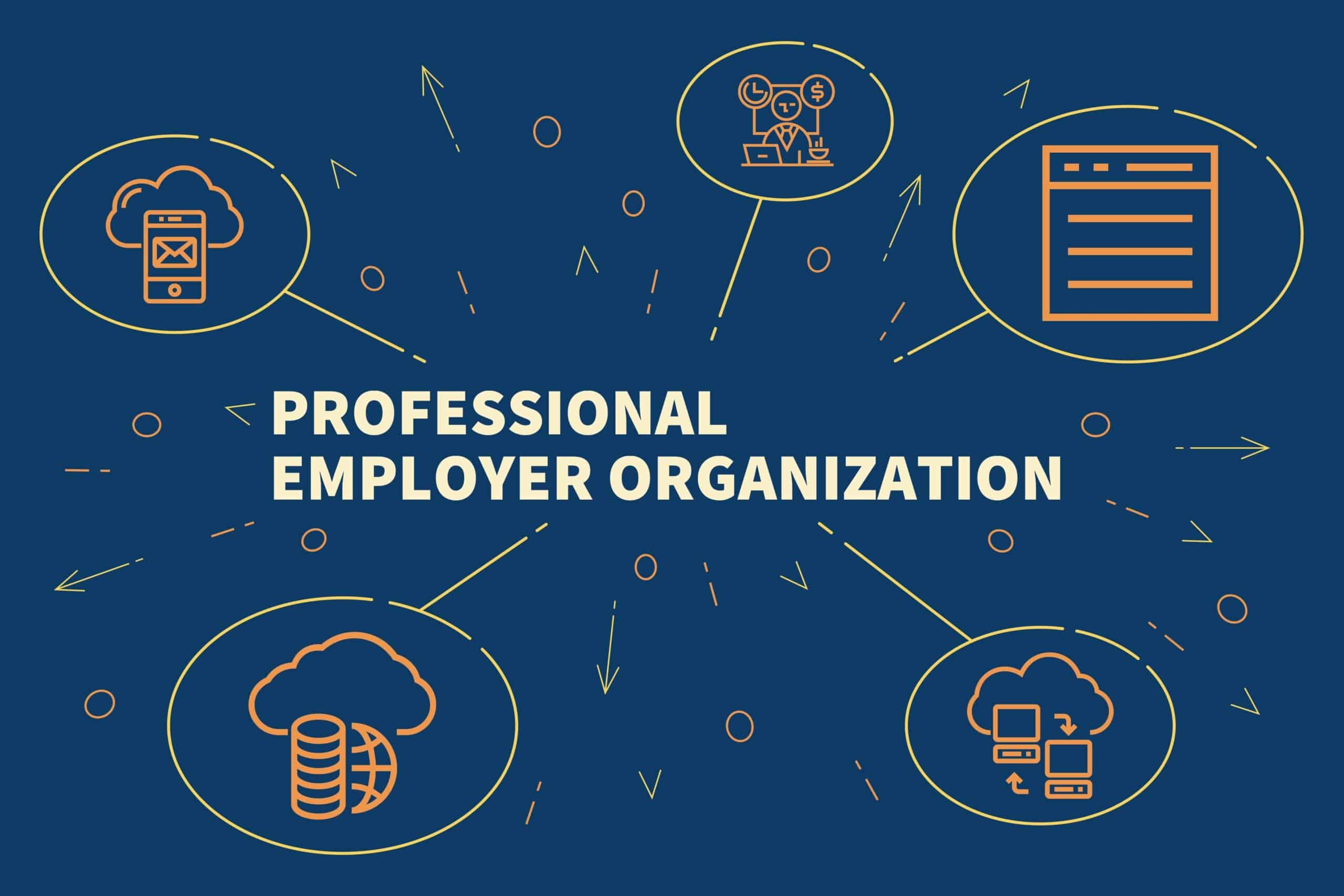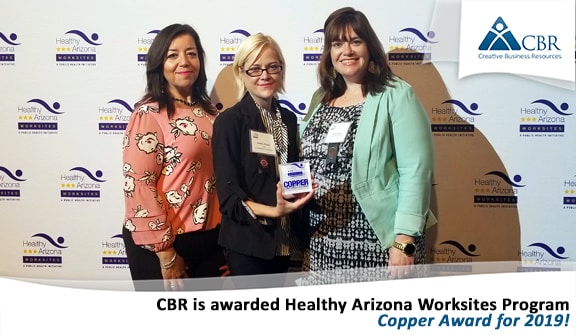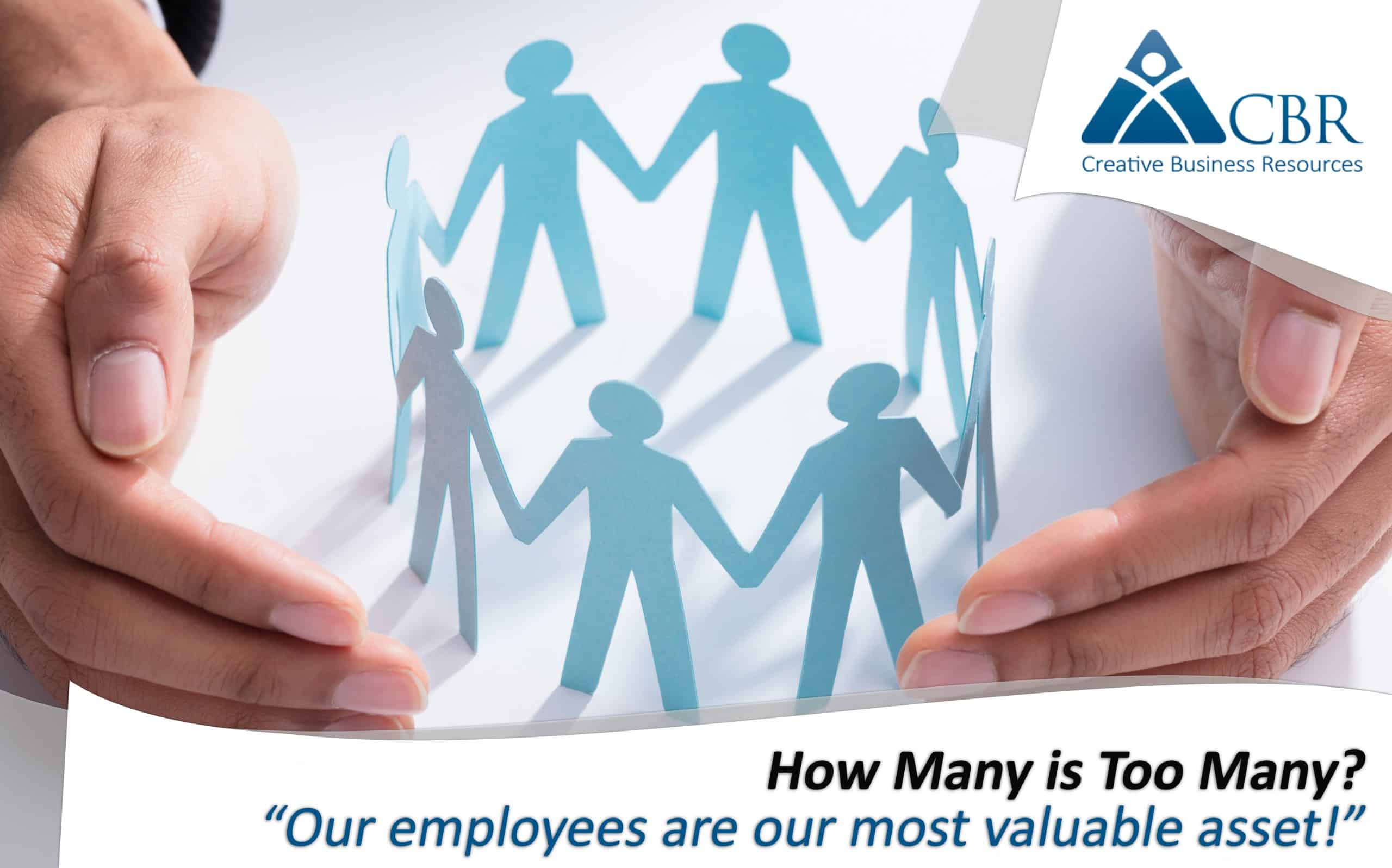
As organizations strive to boost employee engagement, their efforts must encompass new hires, who may be particularly vulnerable to becoming disengaged if they are not onboarded in a way that facilitates smooth transition into the workforce. New employees’ early impressions of an organization may determine whether or not they remain in their jobs, so keeping employees engaged from the outset is also critical for reducing workforce turnover—and avoiding the high costs associated with recruiting and training replacement employees.
New hires and HR managers alike often view the onboarding process as a time-consuming formality, full of paperwork and dull orientation sessions. In reality, onboarding is a pivotal stage at which organizations have the chance to secure new employees’ loyalty and equip them with the tools they need to excel in their positions. Here are four techniques for conducting an onboarding process that minimizes the amount of time until new hires evolve into productive, engaged members of the workforce:
- Reduce paperwork. Although certain forms, such as the W-4 and the I-9, are mandatory for new hires, organizations should look for ways to minimize and streamline paperwork that may overwhelm new employees and delay their opportunities to contribute value. For example, consider delivering these forms—along with other important materials, like the employee handbook—in an electronic format to employees before the first day of work.
- Help new employees feel welcome. When it comes to engaging newly hired employees, simple social etiquette can leave a lasting positive impression. Make sure that newcomers are personally introduced to each of their coworkers, and consider hosting an informal gathering to celebrate their arrival. In addition, show new employees that their contributions to the organization are valued by encouraging them to speak up during meetings, soliciting their feedback, and exhibiting genuine interest in their ideas.
- Talk to new employees about their goals. By taking the time to ask employees about their goals within the organization, how they see themselves progressing in their roles, and how they believe they can contribute to the organization’s success, they will feel valuable and know that their employer cares about their advancement opportunities. This will quickly bolster engagement and motivate new hires to strive for excellence. Managers should also ensure that new employees have a clear understanding of the organization’s mission, goals, and values.
- Offer training opportunities that empower new employees to succeed. No matter how qualified a new hire is for the position, he or she will likely need to reinforce certain skills or learn about the organization’s specific protocols. Introduce training materials—which should be customized to suit the individual’s needs—as soon as possible in order to minimize lost productivity and reduce the likelihood of new employees feeling frustrated because they do not understand how to best perform their job duties. Consider assigning mentors to help new employees assimilate into the workforce and answer any questions they may have.
CBR offers assistance as employers strive to onboard new hires in a way that accelerates engagement and productivity. From recruitment and onboarding to developing each employee’s potential, our human capital management services help organizations build workforces that accelerate their success. Start capturing the benefits of employees who are productive and engaged as soon as they are hired—contact CBR today!
(Sources: https://www.bizjournals.com/bizjournals/how-to/human-resources/2015/07/7-tips-for-onboarding-new-employees.html, https://www.forbes.com/sites/kevinkruse/2012/09/04/why-employee-engagement/2/#4b4933b17329).











Leave A Comment
You must be logged in to post a comment.